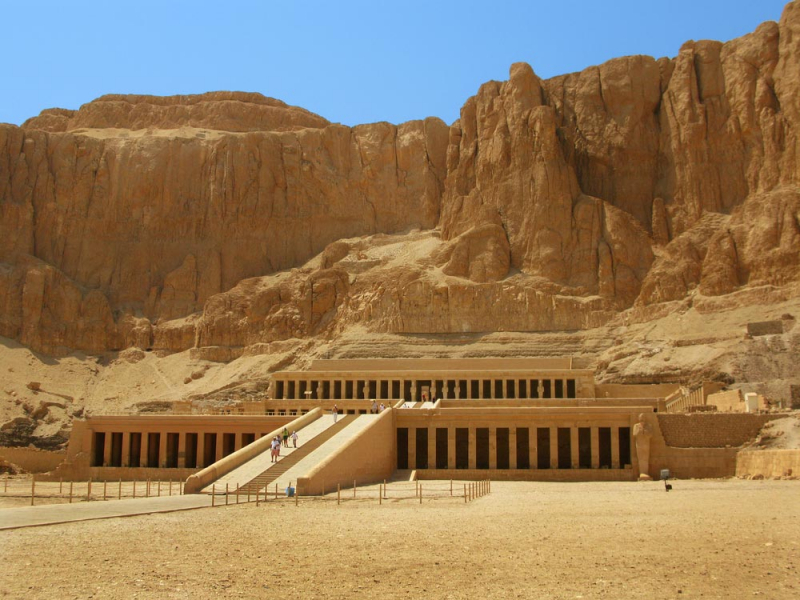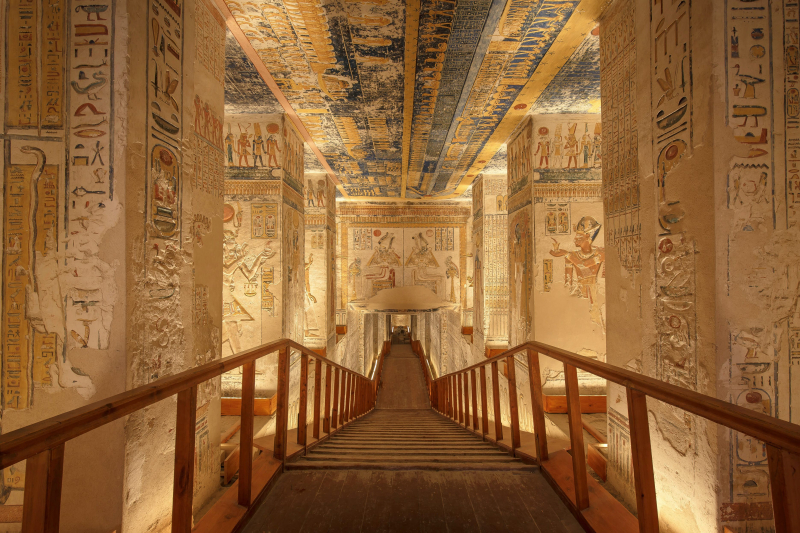Valley of the Kings
Valley of the Kings is located near Luxor on the west bank of the Nile River. It is the most well-known historical location for its unique tomb collections and stunning ancient ruins. Because of its position, it is one of the most popular places to learn about ancient Egyptian history.
At first look, the Valley of the Kings, also known as the Valley of the Gates of the Kings, appears to be nothing more than a sun-blasted valley of basic red rock, yet beneath all of its dust lie the tombs of 63 of Ancient Egypt's most famous pharaohs. The Valley of the Kings served as a burial chamber for the Kings, their families, and their treasures for approximately 500 years, from the 16th to the 11th centuries BC. It and the remainder of the Theban Necropolis were designated World Heritage Sites in 1979.
The tomb of Pharaoh Tutankhamun and all of his valuables, discovered by Howards Carter during an excavation expedition in 1922, is one of the most notable tombs discovered in the Valley of the Kings. Since then, travelers from all over the globe have been drawn to the place as the riches uncovered have traversed the world on a tour to share the message that this incredibly important find for the history of our civilization was discovered in the Valley of the Kings.
Excavations continue in some portions of the Valley of the Kings to this day, and a rotation system is in place for people to view the tombs while restoration procedures are in place to recover the tombs that were discovered.
The Valley of the Kings was the main burial place for most of the royal pharaohs during the New Kingdom period of ancient Egypt (1539-1075 B.C.). Tutankhamun, Seti I, and Ramses II were among the most notable pharaohs buried there. There are also the royal tombs of most of the 18th, 19th, and 20th dynasties' queens, high priests, and other period elites. Remember that Tutankhamun was a minor king, made renowned by the fact that his tomb was the only one in the valley discovered with its contents intact, not by the magnificence of his tomb in comparison to the others. These items are presently on exhibit in Cairo's Egyptian Museum.
Location: Luxor.












